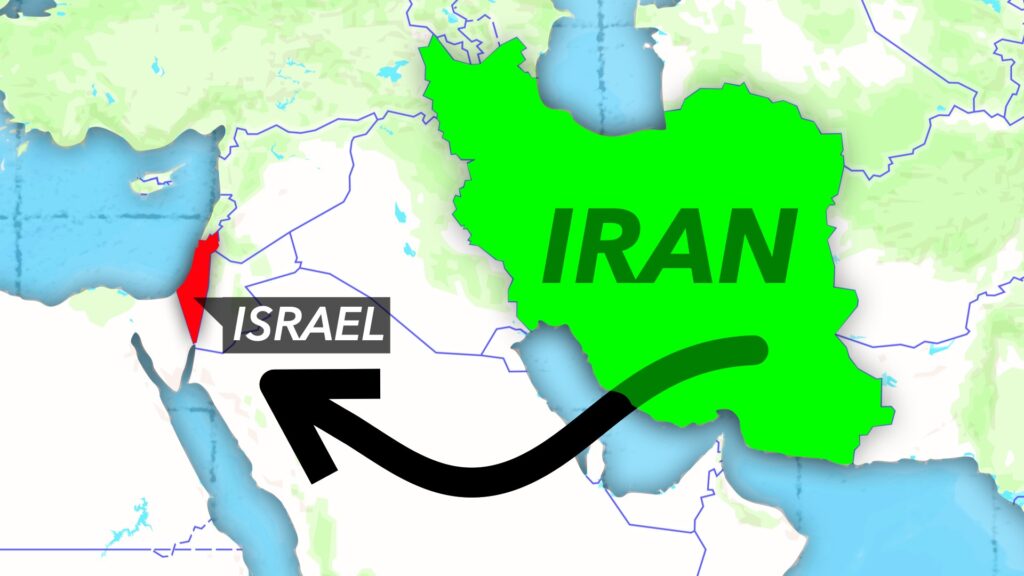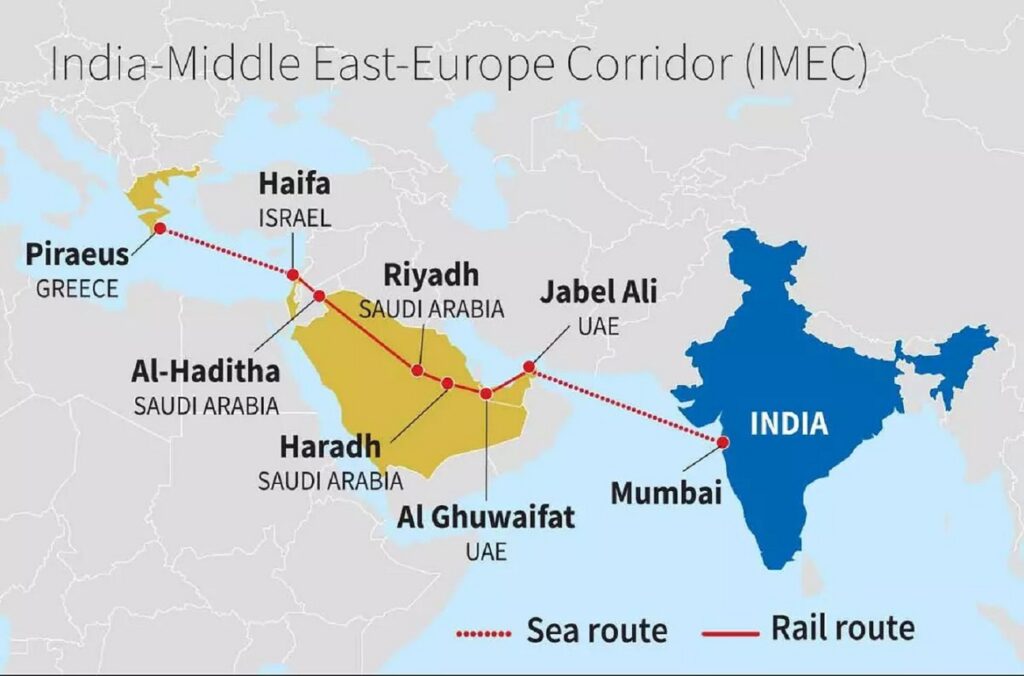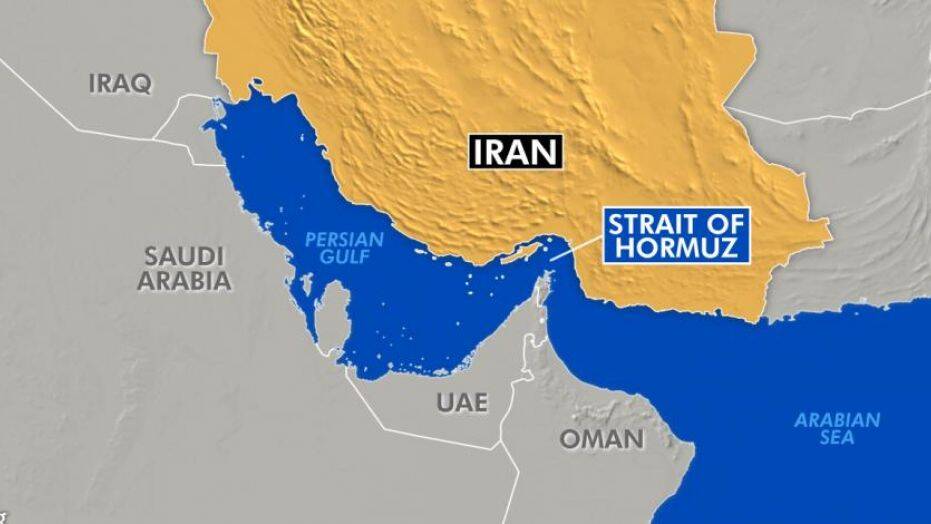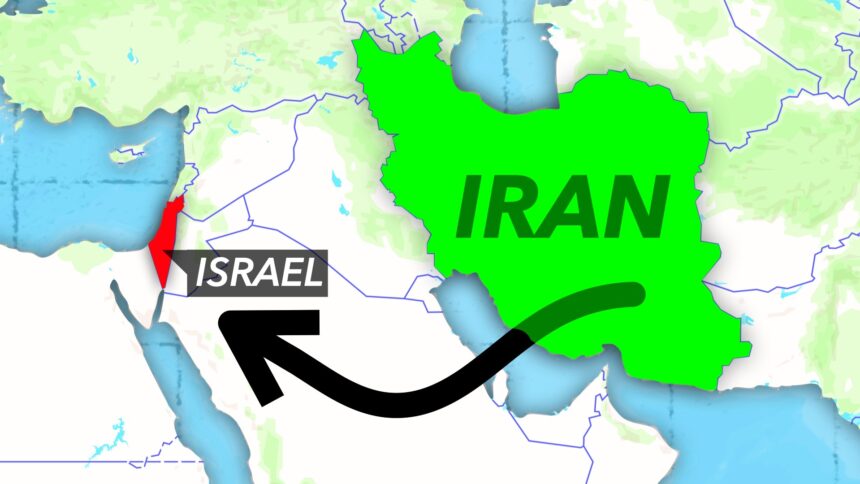what’s happening in Iran-Israel conflict?
Tensions in the middle east are high after iran launch over 300 drones and missiles against isarael on saturday. These attack followed a suspected israeil strike on Iran’s embassy in syria. Iran’s unexpected attack on Israel has created a new level of tension in the ongoing Middle East conflict. Iran’s attack on Israel has significantly increased tensions in the Middle East, raising concerns about the potential for further conflict in the region. The recent escalation began on October 7, 2023, when Hamas launched a cross-border attack against Israel, resulting in the deaths of 1,170 people, mostly civilians. In response, Israel launched a retaliatory offensive, which has led to the death of at least 33,729 people in Gaza, mostly women and children, according to the territory’s Hamas-run health ministry. This ongoing conflict has the potential to disrupt trade relations and create regional instability, affecting countries like India that have economic ties with the Middle East.

How is the Middle-East critical For India?
The middle east countries-Oman, Yeman, United Arab Emirates(UAE), Saudi Arabia, Kuwait, Qatar, Baharin, Jordan, Israel, Iran, Iraq, Syria, Lebanon, and Cyprus are major economic and political partners for india.For one,it is not just a destination for indian goods but also a critical tarde route with other parts of the world.
The Middle East Europe Corridor (also known as the India-Middle East-Europe Economic Corridor or IMEC) is a proposed network designed to improve economic connectivity and trade between India, the Middle East, and Europe. India and the UAE recently signed an agreement for a trade corridor that aims to connect Europe with india through the middle east by sea and rail.

India’s Exports to the Middle East
India’s exports to the UAE have increased at an annualized rate of 12.2% from $1.42 billion in 1995 to $31.6 billion in 2022.Bilateral trade is diversified with several sectors forming part of it including pharmaceuticals, agriculture, water ,IT and telecom. Major exports and imports include precious stones and metals, chemical products and textiles.
Which commodities will be affected the most?
The demand for Indian chicken, dairy, basmati rice, frozen marine goods, and wheat products is witnessing a significant upsurge in several countries. Notably, Iran has emerged as a prominent importer, particularly in the case of basmati rice. According to government data, Iran accounted for a substantial portion, approximately USD 598 billion, out of India’s nearly USD 4.59 billion worth of basmati rice exports in the first 11 months of the last fiscal year. This robust demand underscores Iran’s reliance on Indian agricultural products to meet its domestic needs.
Furthermore, the prospects look promising for Indian exporters as they anticipate shipping approximately 40 million kilos of tea to Iran this year. This growing trade relationship signifies the mutual benefits derived from bilateral trade agreements between the two nations.
The rise in demand for these Indian commodities reflects their quality, affordability, and suitability to the preferences of Iranian consumers. Additionally, factors such as trade agreements, geopolitical dynamics, and economic considerations contribute to the strengthening trade ties between India and Iran.
Overall, this trend highlights the importance of agricultural exports in fostering economic relations between nations and underscores India’s position as a significant player in meeting the food requirements of global markets, particularly in regions like Iran.
From USD 200 million in 1992,bilateral merchandies trade with Isarel stood at USD 4.66 billon in 2020-21.It grew to USD 4.82 billon between April-November 2021 with the balance of trade being in India’s favor.
India is Isarel’s third-largest trade partner in Asia and seventh largest globally.
Will Indians pay More for Fuel?
Fears of the widening conflict will keep crude prices high. But the general election in India will likely prevent petrol, diesel, and cooking gas prices from rising. If domestic prices don’t rise in line with global rates for an extended period, It would end up hurting refiner’s margins. The risk premium for shipping and insurance would rise.
Global oil supplies can be severely affected if the conflict impacts the strait of Hormuz, a narrow sea passage between oman and Iran. About 16 millon barrels per day (mbd) of crude oil-or nearly 40% of global crude trade-pass through the strait. Of this about 2 mbd of crude comes to india. India also depens heavily on the region for cooking gas.Gulf countries exports about 5 mbd of refined products through the strait,of which about 0.7 mbd comes to india.

Imapct On India’s Exports and Imports?
If the tensions escalate expoters fear it could impact shipment of Indians commodites, especially rice and tea. Expoters are in a wait and watch mode as they expect air freight volume to Europe to rise 10-15%.Logistics and insuranve costs too are set to rise with engineering exports demand to europe getting impacted. Edible oil impoters have indicated that sunflower oil prices could start to rise.
What makes Indian Expoters Even More Worries
Already, The unfolding crisis in the Red Sea was leading to shifting of large amounts of cargo traffic to air. When goods including leather, which were traditionally sent by ships,shift to air, that push up air freight volume. This has led to a surge in air cargo costs to Europe to about 140rs per kg from 35rs just three months ago.Longer routes have inflated shipping costs by 40-60% besides causing delays of around 20 days due to re-routing.Higher insurance premiums of 15-20% , and potential cargo loss from piracy and attack also muddies the water.








